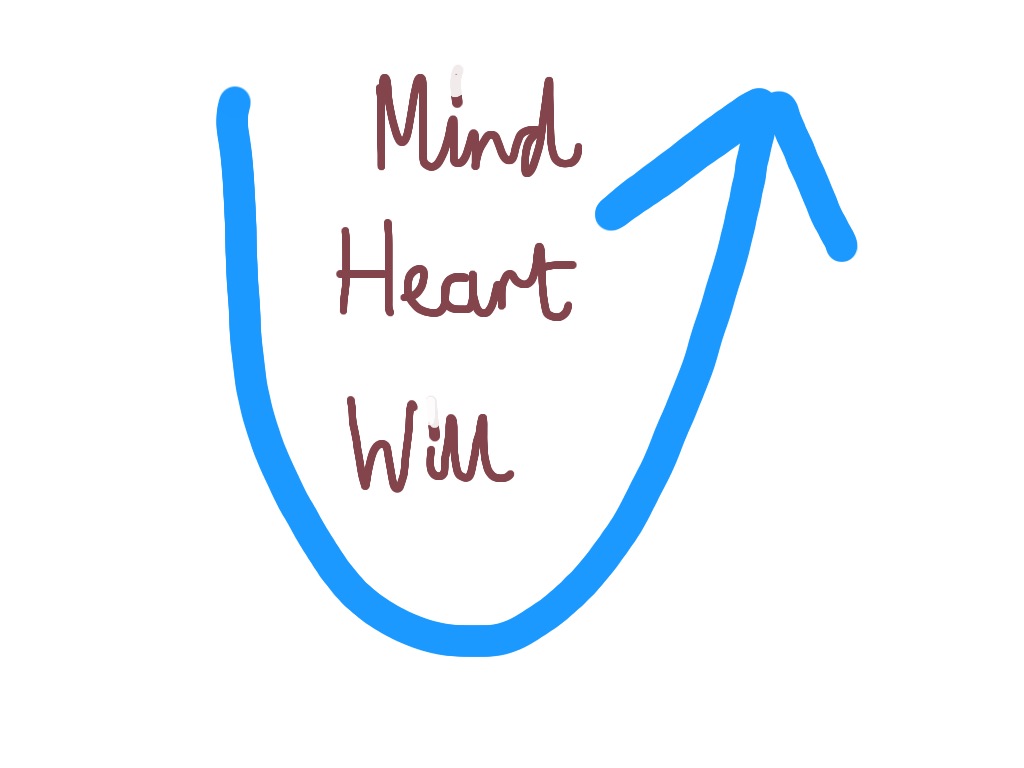Innovation through 'the intelligence of the heart and the will'
Companies innovate to stay ahead of their competitors. Inclusive business is about creating new opportunities for companies to provide products and services for lower income customers, or procure from poor producers. But how does a company innovate in these sectors, which are far removed from their current experience?
NGOs, which understand the needs and aspirations of low income people, may be able to help companies to identify new inclusive business opportunities and lead to breakthrough innovations. We put this idea to the test at a Business Innovation Workshop in Bangladesh last month.
I have produced a video report of the workshop. This is in draft form, but while we decide how to develop a more polished version, I would like to share it with practitioners on the hub.
The first part of the video describes some of the theory that we used in the workshop. We started by looking at innovation as a process of ‘innovating new futures,’ in the words of Soji Apampa in his recent blog on partnership. We then looked at U-theory as a way of leading to break through innovations that can resolve intractable social problems. Could this approach, pioneered by Otto Scharmer among others, also be useful for inclusive business innovation? Could we also access ‘the intelligence of the heart and the will’ to help us come up with new ideas?

We looked at a clip of Nick Hughes on how they developed m-PESA in Kenya. This led to the insight that we need to observe how poor people already seek to access market activities in order to innovate.
In the second part of the video I describe the way that we used drawing and painting as a way to access our ‘heart and will’ through a sensing process. The video shows some of the creative outputs from this exercise, and the potential business opportunities that emerged.

Finally I set the scene for future work we want to do, helping NGOs to share these ideas with companies in Bangladesh and create mutually beneficial partnerships to implement them. In the words of another practitioner of U-theory, Adam Kahane, on a U-shaped journey you can’t see the end point, you can only be bold and move to what is ‘around the corner’. I hope that around the corner in Bangladesh there are some completely new inclusive business opportunities.